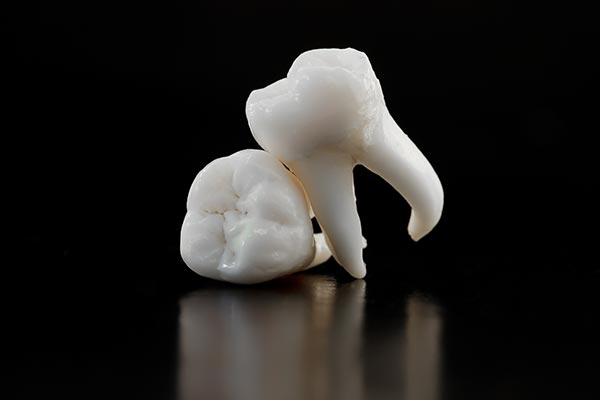In a remarkable scientific advancement, British researchers have successfully grown a fully-formed human tooth in a laboratory setting, offering new hope for regenerative dentistry and potentially eliminating the need for dentures or dental implants in the future. The team, based at a leading UK research institution, used a combination of human gum cells and stem cells from mice to bioengineer a living tooth that mirrors the structure and composition of a natural one.
This achievement marks a major milestone in regenerative medicine, as it demonstrates the possibility of growing replacement teeth tailored to individual patients. The scientists cultivated the tooth using a carefully controlled environment that mimicked the conditions of natural tooth development. Over the course of several weeks, the cells developed into a tooth complete with enamel, dentin, and roots, making it functionally and structurally similar to one grown in the human mouth.
The breakthrough could eventually transform dental care, especially for those who have lost teeth due to injury, decay, or age. Traditional methods of tooth replacement rely on artificial materials that, while effective, do not replicate the biology or regenerative capability of a real tooth. A living replacement could offer a more natural solution, capable of integrating into the jawbone and responding to the body’s biological cues over time.
Although the research is still in early stages and human clinical trials are some years away, the implications are vast. Scientists believe that within the next decade, patients may be able to grow their own replacement teeth using a small sample of their own cells, reducing the risks of rejection and offering a permanent, biological solution to tooth loss.
The success of the project also sheds light on the broader potential of stem cell research in regenerative therapies, with teeth now joining the growing list of organs and tissues that might one day be grown in the lab. For now, the team is focused on refining the technique and exploring how to scale the process for widespread medical use. As the work progresses, it signals an exciting future where dental regeneration is no longer science fiction, but a real and tangible possibility.




